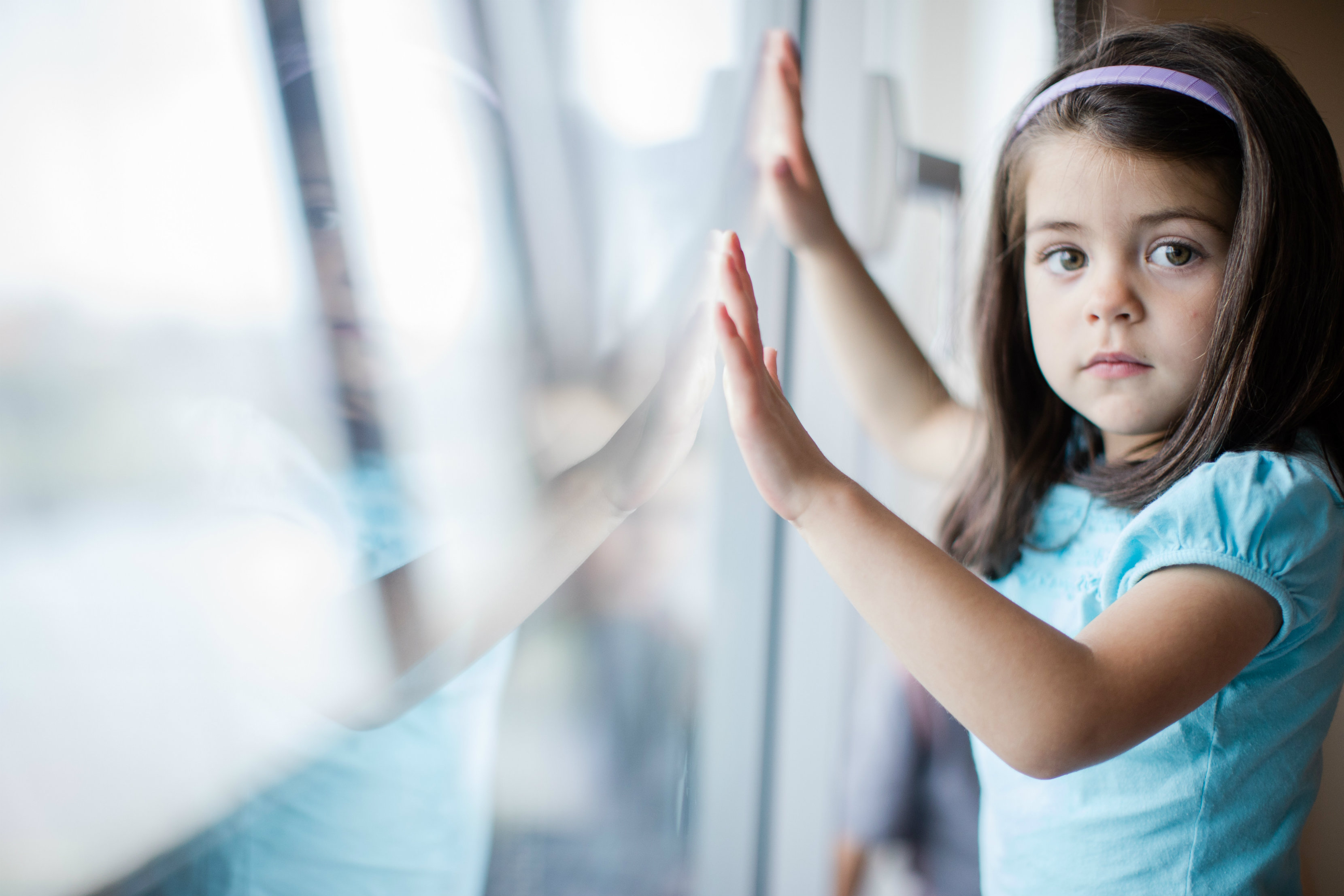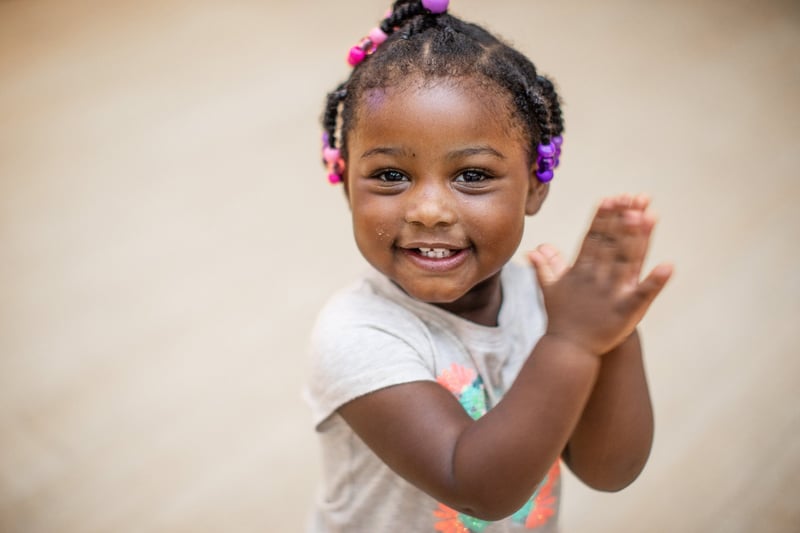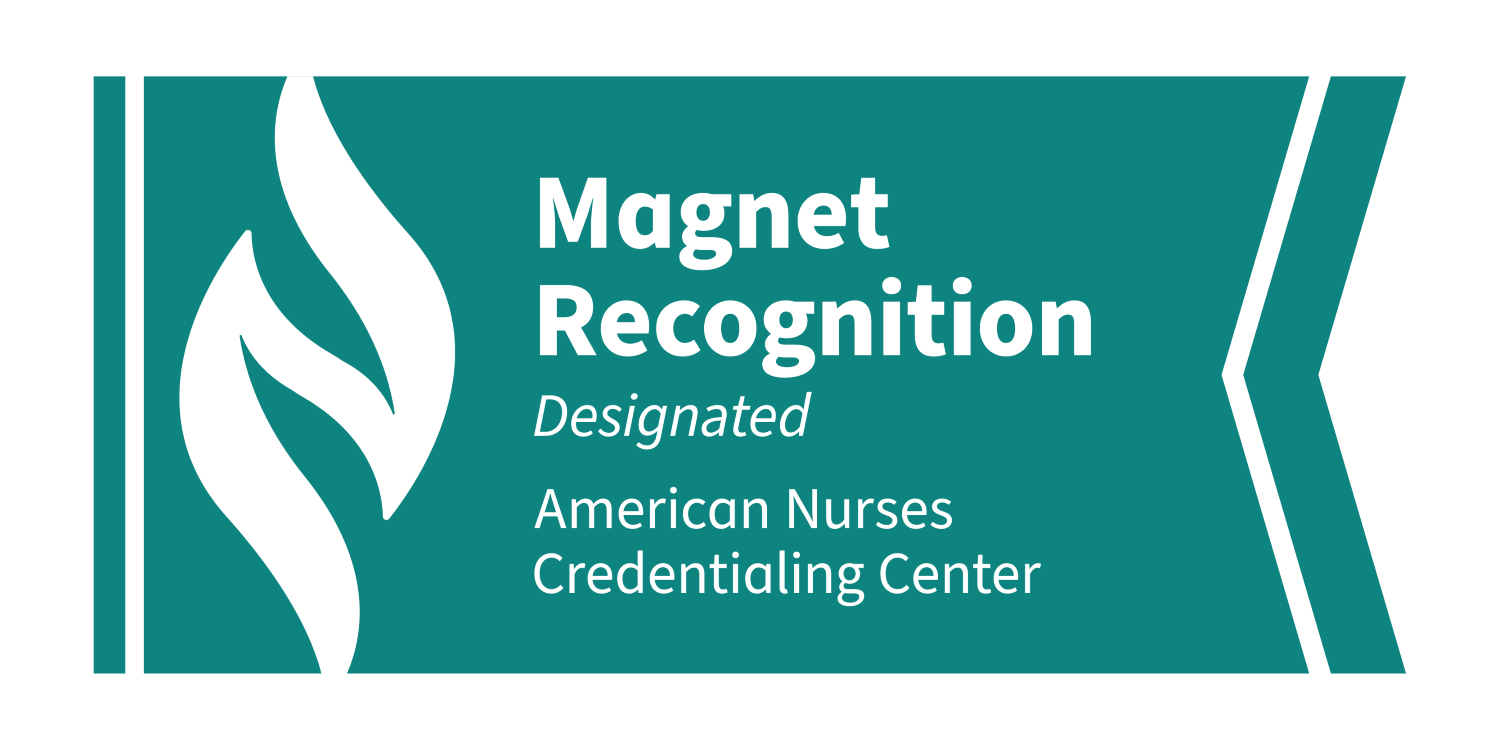Condition
Pediatric Specific Phobias
What You Need to Know
A phobia is an excessive fear of an object or situation. Common phobias are a fear of animals, insects, blood, heights or flying.
Key Symptoms
Each child may have different symptoms when exposed to a phobia. But these are the most common:
- Increased heart rate
- Sweating
- Shaking
- Upset stomach
Diagnosis
Providers typically diagnose phobias by:
- Interviewing the child and parents
- Questionnaires
Treatment
Treatment may include:
- Cognitive behavioral treatment (CBT)
- Medication
Schedule an Appointment
Our pediatric specialists provide personalized care for your child’s physical, mental and emotional health needs. Meet our providers and schedule an appointment today.
Frequently Asked Questions
What are specific phobias?
What causes phobias in a child?
What are the symptoms of specific phobias in children?
How are specific phobias diagnosed in children?
How are specific phobias treated in a child?
How can I help prevent phobias in my child?
How can I help my child live with phobias?
Meet the Providers Who Treat Specific Phobias
Departments that Treat Specific Phobias

Anxiety Disorders Program
The Anxiety Disorders Program at Children's National Hospital is a specialized treatment program devoted to carefully assessing and effectively treating a wide range of anxiety disorders common among children and adolescents. Learn more about our program.

Help Kids and Make a Difference
Invest in future cures for some of life's most devastating diseases. Give today to help more children grow up stronger.







